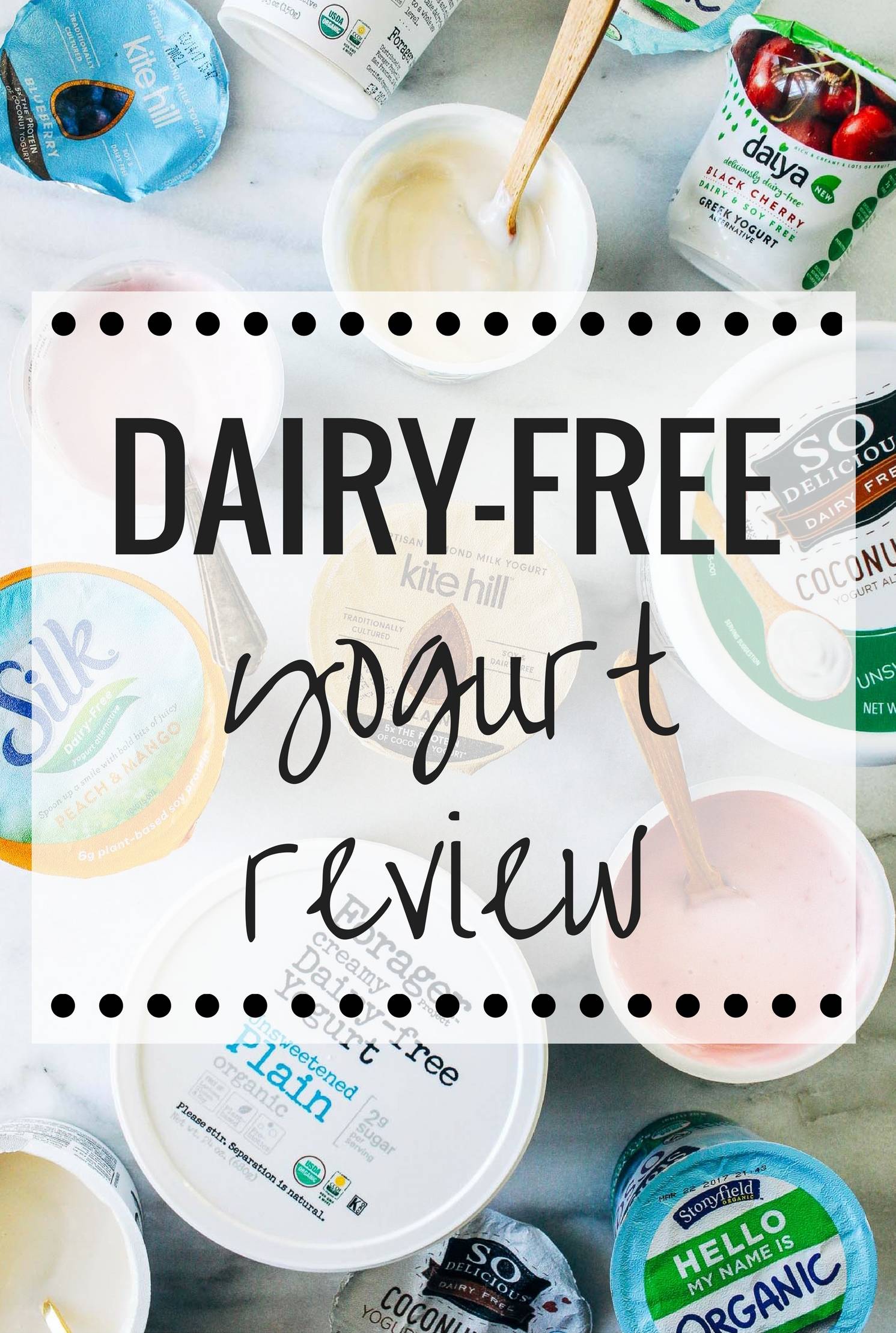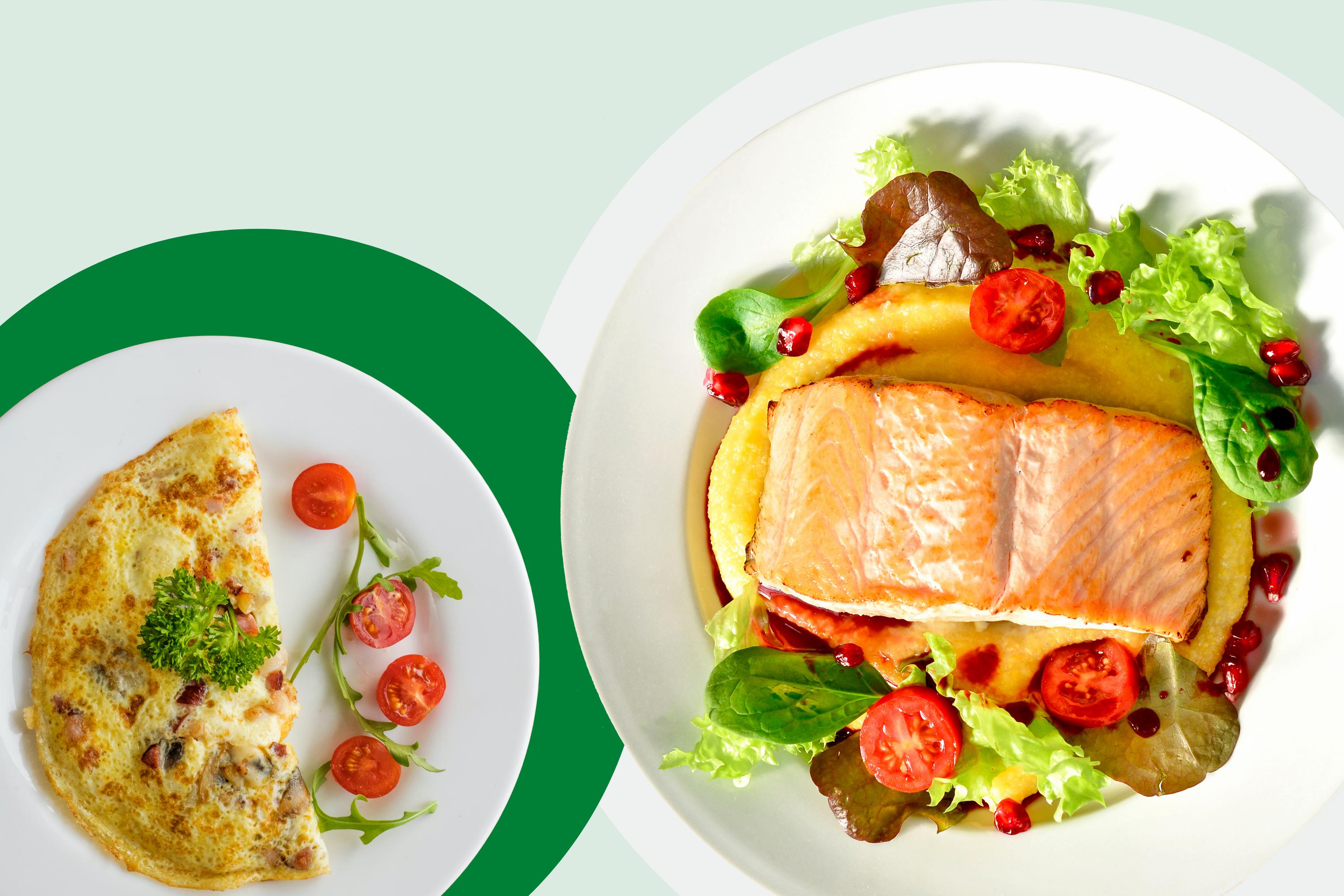
If you are a vegan, you might be wondering what the best vegan keto diet foods are. These include nuts, eggs, coconut and macadamia nut. These foods are good choices, but they slow down your keto progress. These foods are important to ensure your success with the ketogenic diet.
Vegetables
The keto diet for vegans focuses on a diet that is high in healthy plant-based fats, protein, and vegetables. This type of diet includes very little sugar and does not require the intake of meat or animal products. You should avoid starchy vegetables and high-carb food, as well as legumes, in order to follow this diet. In general, a vegan keto diet should consist of 75 percent fat, 20 percent protein, and five percent carbohydrates.
Low carb vegetables are the best to add to a vegan keto diet. Unflavored or fermented foods are also possible. It is interesting to note that the keto diet for vegans is associated with a reduced risk of many kinds of cancer, particularly those involving excess weight.

Coconut
Coconut oil is a good source of keto-friendly fats. Medium-chain Triglycerides (MCTs), which skip the normal fat digestion process, are instead transported directly into the liver where they are converted into ketones. It can be used in salads, sauces and hot beverages. You can also use this nutrient-dense olive oil in your cooking.
Vegans should aim to eat 100 grams of protein daily, just like any low-carb meal. For this you can use low-carb, plant-based protein powders and nuts. Although nuts can be a good source of protein, they can also contain antinutrients. Avoid eating too many meats and dairy. If you must eat meat, you can include a small serving of grass-fed or locally sourced meat.
Macadamia nuts
Macadamia nuts rank among the most nutritious nuts. They have the lowest carb count and are low-in anti-nutrients. Macadamia nuts are high-in omega-7 fats including palmitoleic Acid, which is known to block inflammation, improve insulin sensitivity, and increase hunger. Aside from this, macadamia nut contain fibre, monounsaturated fats, and antioxidants.
Macadamia nuts are considered a low-carb food, and contain only 1.2 grams of net carbohydrates per ounce. They also have a high fat content, with approximately 20% of your daily intake being fat. To prepare macadamia nut butter, blend them with a little water, nutritional yeast, and lemon zest. After that, you can spiralize them using a potato grater or cheese peeler.

Eggs
A vegan Keto diet should include eggs as a major component. At least one egg should be eaten per day. In general, this should be approximately 75 percent fat/15 percent protein. The remaining 25% are carbs. Vegans should only eat eggs, dairy, and legumes as their primary source of protein.
However, the vegetarian keto diet can be difficult. This is because vegetarian staples contain more carbohydrates than keto food. Vegetarians also run the risk of not getting certain nutrients. Not only does avoiding eggs make a vegetarian keto diet even more difficult to follow, but it may also make it difficult to get the protein and nutrients your body needs.
FAQ
How can you live a healthy life?
How can you live a healthy life?
Healthy living means eating right, exercising regularly and getting enough sleep. It also involves managing stress and having fun. Avoiding sugar and unhealthy fats is key to eating well. Exercise can help you burn calories and strengthen your muscles. Getting enough sleep improves memory and concentration. Managing stress reduces anxiety and depression. And finally, having fun keeps us young and vibrant.
What is the best way to eat?
The best diet for you depends on several factors, like your age, gender, weight, health conditions, and lifestyle habits. Also, consider your energy expenditure, your preference for low-calorie food, and whether you enjoy eating fruits or vegetables.
Intermittent fasting might be an option for you if your goal is to lose weight. Intermittent fasting involves consuming only specific meals throughout the day, rather than having three large meals. This might be better than traditional diets that have daily calorie counts.
Studies have shown that intermittent fasting can improve insulin sensitivity and decrease inflammation. This could lead to lower blood sugar levels and a reduced risk of developing diabetes. Research suggests that intermittent fasting can promote fat loss and improve overall body composition.
Do I need to count calories?
It is possible to wonder "what the best diet is for me?" or "is counting calories necessary?" This depends on several factors like your current health and personal goals. Your preferences and overall lifestyle.
The Best Diet for me - Which One Is Right for You?
My current health, my personal goals and lifestyle will determine the best diet for me. There are many options, both good and bad. Some diets work better than others. So what should I do? How do I make the right decision?
These questions are addressed in this article. It begins with an overview of the different diets today. The pros and cons of each diet are then discussed. Finally, we'll look into how to choose the best one for you.
Let's look at some of the main types of diets to get started.
Diet Types
There are three types, low-fat, high-protein, or ketogenic diets. Let's discuss them briefly below.
Low Fat Diets
A low-fat diet restricts fat intake. This is achieved by reducing saturated fat intake (butter, cream cheese etc.). You can replace them with unsaturated oils (olive oil and avocados) For those looking to lose weight quickly, a low fat diet is often recommended. This type of diet can lead to constipation and heartburn as well as indigestion. It can also lead to vitamin deficiencies, if someone doesn't get enough vitamins in their food.
High Protein Diets
High protein diets reduce carbohydrates to favor of proteins. These diets have higher protein levels than other diets. They can help you build muscle mass, and also burn more calories. They may not be able to provide sufficient nutrition for people who need it. They can be quite restrictive and are not recommended for everyone.
Ketogenic Diets
The ketogenic diet is also known by the keto diet. They are high in fat and moderate in protein and carbs. They are popularly used by bodybuilders, athletes, and others who want to be able to train harder and more efficiently without becoming tired. To avoid side effects such as fatigue, nausea, headaches, or other unpleasant side effects, you must strictly adhere to their instructions.
What is the best way to live a healthy lifestyle?
The healthiest lifestyle to live is one where you eat healthy food, exercise regularly, sleep well, and avoid stress. This will ensure that you live a long healthy life.
You can start by making small changes in your diet and exercise routine. Try walking for 30 minutes daily if your goal is to lose weight. Or, if you want to get more active, take up swimming or dancing. You could also join an online fitness program like Fitbit or Strava that tracks your activity levels.
Statistics
- nutrients.[17]X Research sourceWhole grains to try include: 100% whole wheat pasta and bread, brown rice, whole grain oats, farro, millet, quinoa, and barley. (wikihow.com)
- WHO recommends reducing saturated fats to less than 10% of total energy intake; reducing trans-fats to less than 1% of total energy intake; and replacing both saturated fats and trans-fats to unsaturated fats. (who.int)
- WHO recommends consuming less than 5% of total energy intake for additional health benefits. (who.int)
- In both adults and children, the intake of free sugars should be reduced to less than 10% of total energy intake. (who.int)
External Links
How To
What does the "vitamin") mean?
Vitamins are organic compounds found naturally in food. Vitamins allow us to absorb nutrients from food. Vitamins cannot be made by the body; they must be taken from food.
There are two types if vitamins: water soluble, and fat soluble. Water-soluble vitamins dissolve quickly in water. You can find vitamin C,B1 or thiamine, B2 or riboflavin and B3 or niacin. B6 is pyridoxine. Folic acid, biotin and pantothenic are some examples. Fat soluble vitamins are stored in the liver and fatty tissue. You can find vitamin D, E K, A and beta carotene as examples.
Vitamins can be classified by their biological activity. There are eight main types of vitamins:
-
A – Essential for normal growth, and the maintenance of good health.
-
C - important for proper nerve function and energy production.
-
D - essential for healthy teeth and bones.
-
E - required for good vision & reproduction.
-
K - Essential for healthy muscles and nerves.
-
P - vital for building strong bones andteeth.
-
Q – aids digestion and absorption.
-
R - necessary for making red blood cells.
The recommended daily allowance of vitamins (RDA), varies depending upon age, gender, physical condition, and other factors. The U.S. Food and Drug Administration has established the RDA values.
For adults aged 19 and older, the RDA for vitamin B is 400 micrograms daily. For fetal development, pregnant women require 600 micrograms per daily. Children ages 1-8 require 900 micrograms per day. Infants below one year of age need 700 micrograms daily. But, between 9 months to 12 months of age, the amount drops to 500micrograms per days.
Children ages 1-18years who are obese need 800 micrograms per day while those who are overweight need 1000 micrograms per day and children who are underweight need 1200 micrograms per day to meet their nutritional needs.
Children 4-8 years old with anemia will need 2200 mg of vitamin D daily.
Adults over 50 years of age need 2000 micrograms per day for general health. Breastfeeding or pregnant women require 3000 micrograms per daily due to higher nutrient demands.
1500 micrograms is the recommended daily intake for adults aged 70+, as they lose 10% of their muscle every ten years.
Women who are pregnant and lactating need more nutrients than the RDA. Pregnant women require 4000 micrograms daily during pregnancy, and 2500 micrograms every day after birth. Breastfeeding mothers need to consume 5000 micrograms each day when breastmilk has been produced.